The White Hart Hotel is the town’s oldest surviving inn and has held its official licence since the town’s charter was granted in 1623. As the heraldic emblem of Richard II, the white hart is famously depicted on the King’s personal altarpiece seated on a bed of rosemary with a golden crown. The King’s emblem was adopted by many inns and in 1393, Richard II passed an act making it compulsory for inns to have a sign in order to identify them to the official Ale Taster.
Many important events have taken place at The White Hart, including election dinners, with William Pitt the Elder being a frequent visitor and one of three members of the Pitt family elected to Parliament for the Borough of Okehampton. Elected as MP in the mid 1750s, Pitt went off to dominate British politics in the 18th century, briefly holding office as prime minister and soon after holding the title of 1st Earl of Catham.
The White Hart stands on what was once known as Old London Road, and supplied fresh horses for travellers on the next stage of their journey. The hotel also supplied horse-drawn vehicles for local transport such as wagonettes, gigs and jingles and on market day there could be as many as 100 horses stabled here. Stage coaches were pulled by a team of horses controlled by a postilion, or post boy. The traces, or leather straps on the horses’ harnesses were fastened to a whippletree, a swinging bar in front of the wheels which pulled the vehicle along.
These premises were part of The Trafalgar Way, the name given to the historic route used to carry dispatches with the news of the Battle of Trafalgar from Falmouth to the Admiralty in London. The first messenger in November 1805 was Lieutenant Lapenotiere, who raced to London bearing the dispatches containing the momentous news of Lord Nelson’s victory and death in the Battle of Trafalgar on 21 October, 1805.

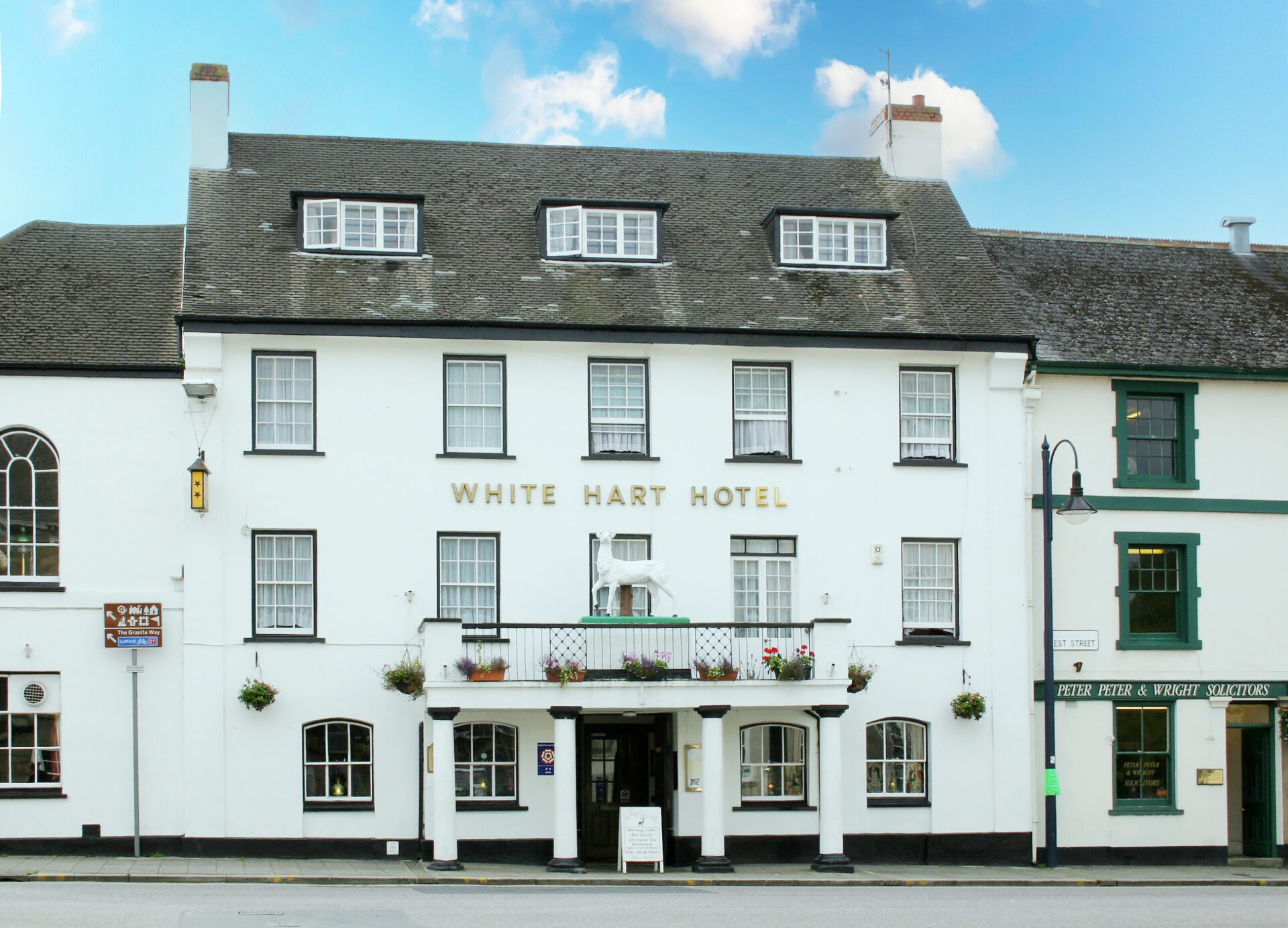
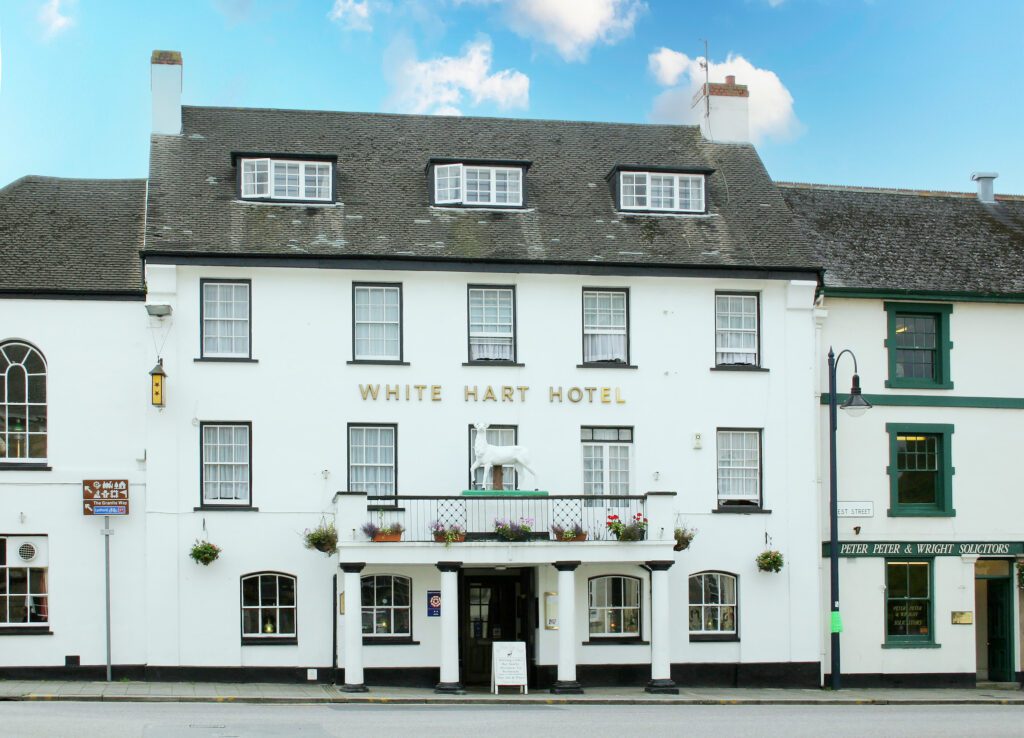
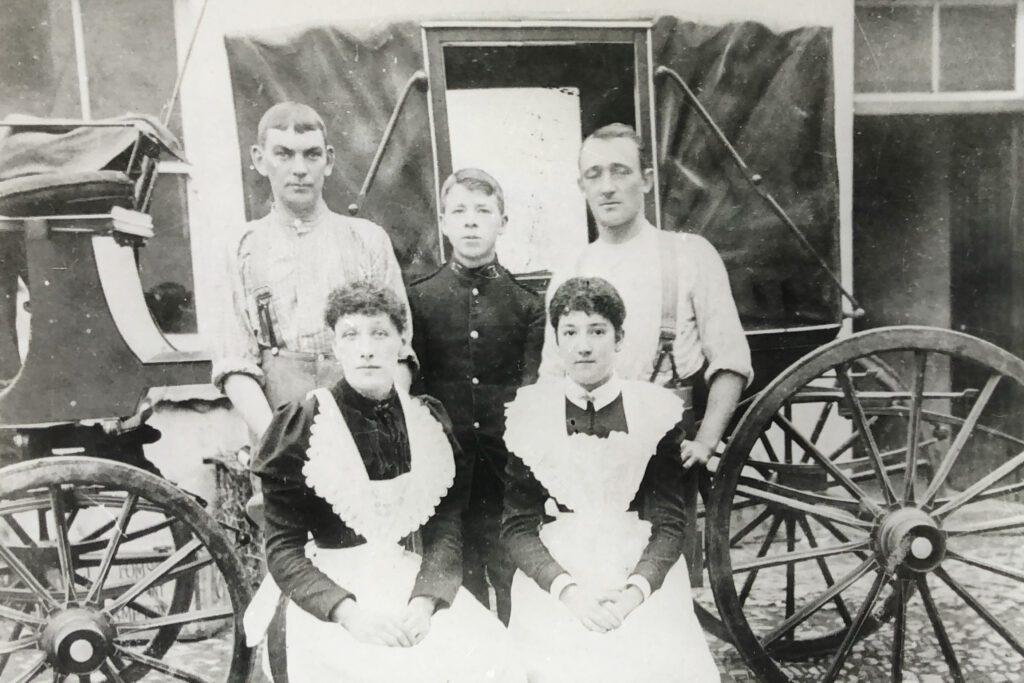
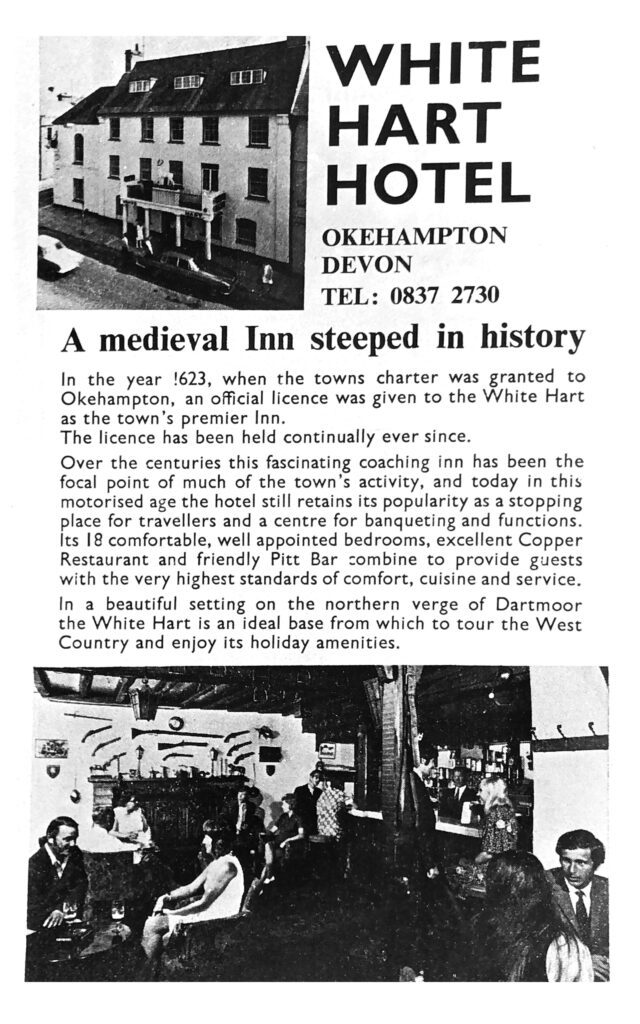
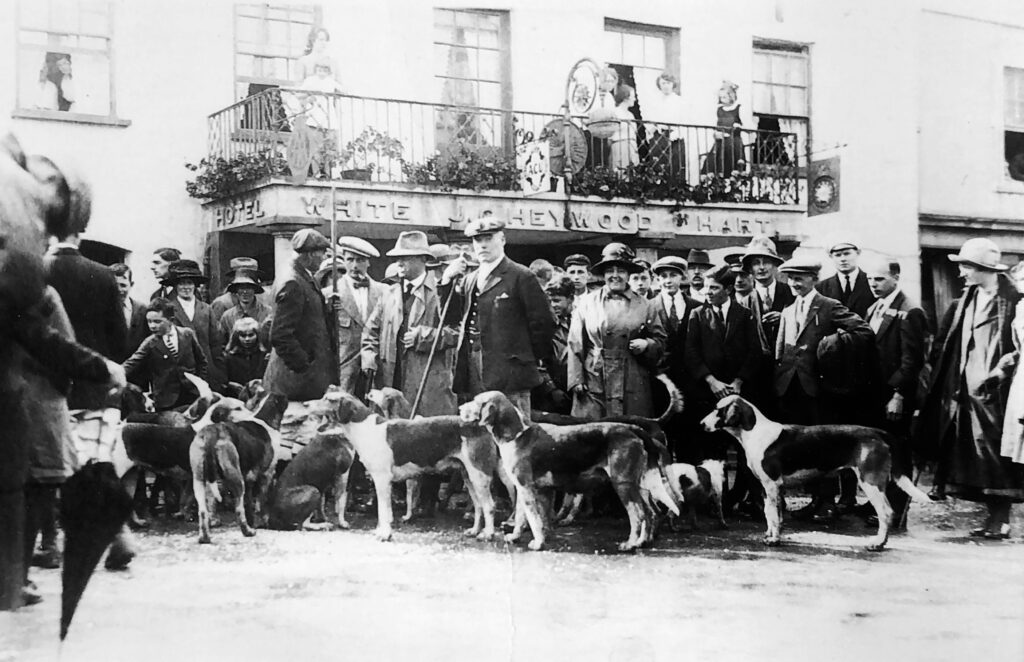
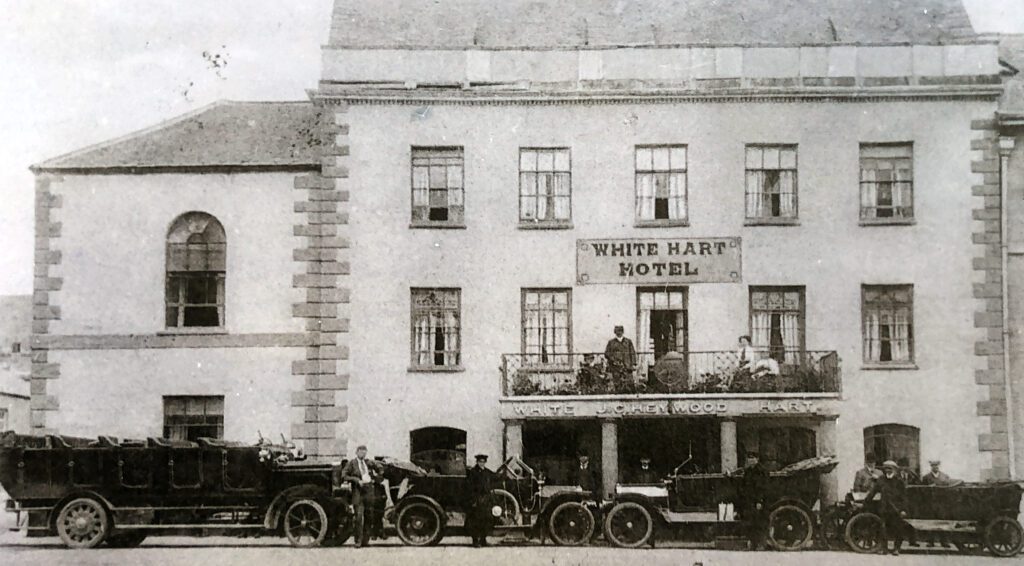
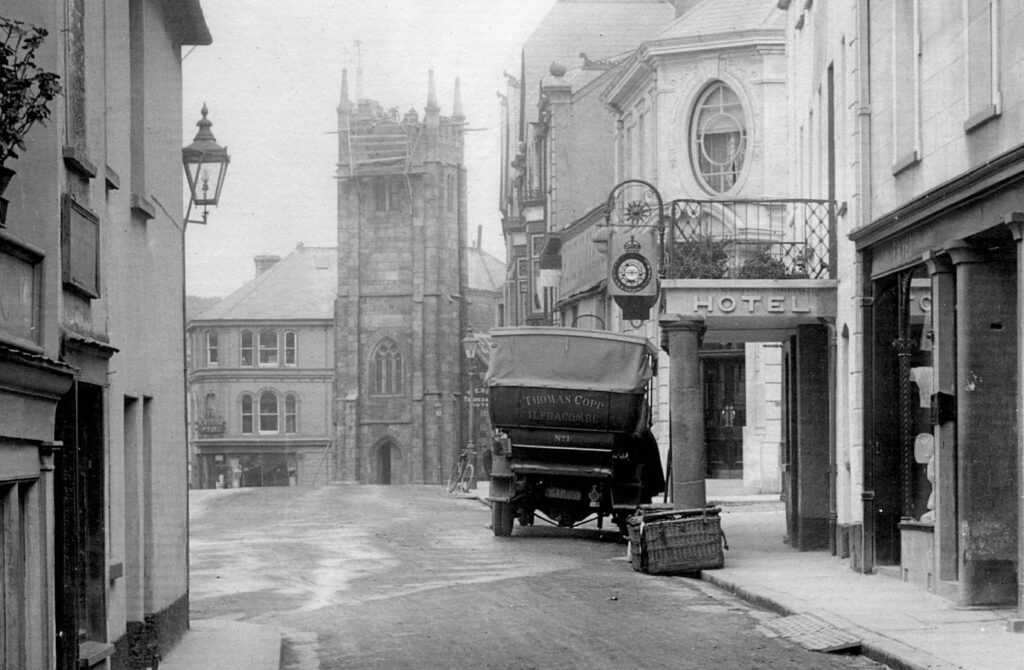
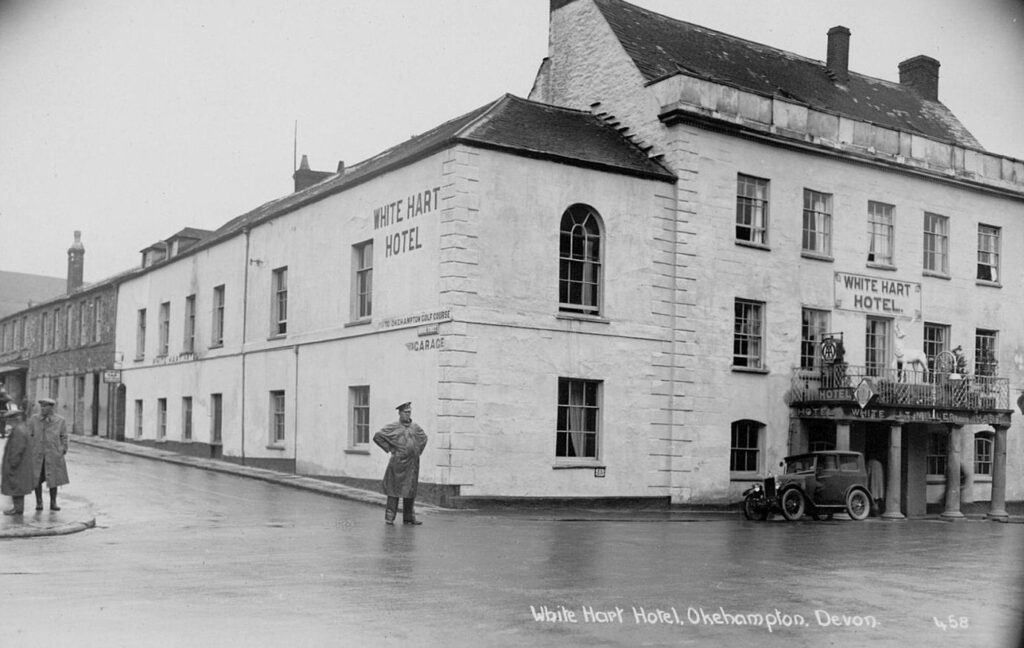
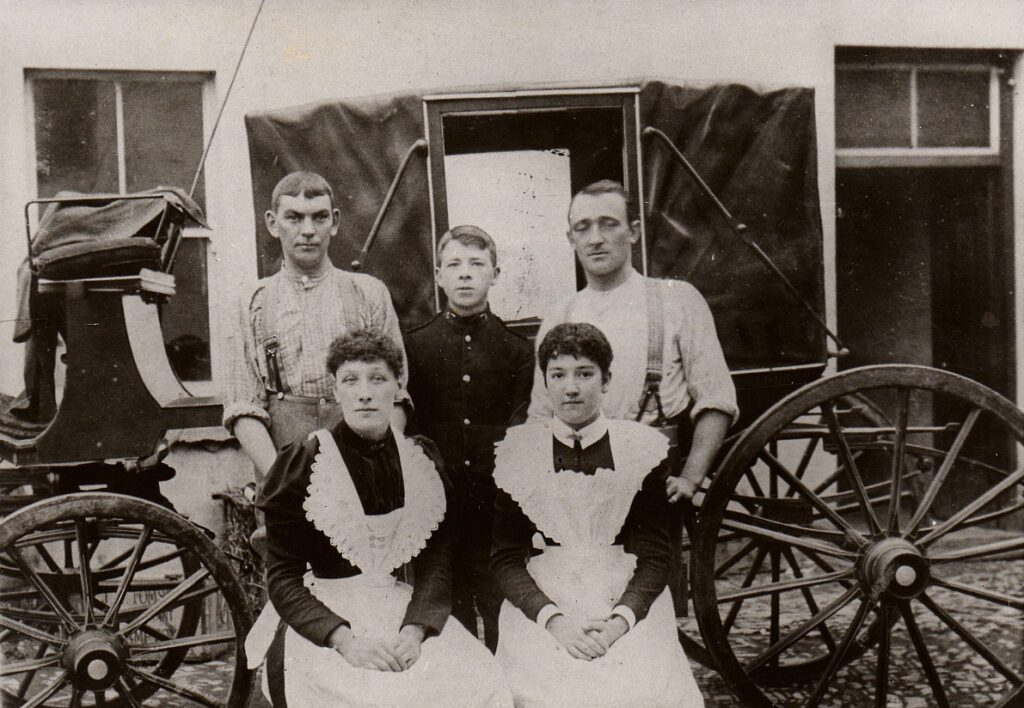








9 Responses
I together with my pals were found to be digesting the best information from your website and then the sudden got an awful suspicion I had not expressed respect to the website owner for those strategies. Those people had been for this reason excited to read through all of them and already have in truth been taking pleasure in those things. We appreciate you simply being considerably thoughtful as well as for selecting varieties of good ideas millions of individuals are really wanting to learn about. My personal sincere regret for not saying thanks to you sooner.
I don’t think the title of your article matches the content lol. Just kidding, mainly because I had some doubts after reading the article.
Thank you for your sharing. I am worried that I lack creative ideas. It is your article that makes me full of hope. Thank you. But, I have a question, can you help me?
Your article helped me a lot, is there any more related content? Thanks!
Signed up for 777sxregister recently. Registration was easy enough. Check them out if you’re thinking about it: 777sxregister
Apostou… Yeah, I’ve heard of it. I like the variety of games they offer. Definitely worth checking out if you’re looking for something beyond the usual. It’s apostou.info so go and play: apostou.
Estrelabet2, alright! Always on the lookout for new places to try my hand. Wish me luck, lads! estrelabet2
585bet2! Honestly, I’ve seen worse interfaces. I tried the live casino and the connection wasn’t too bad. Solid overall. Worth a try if you’re trying your luck. 585bet2
Looking into vbetaffiliates. Always interested in seeing what affiliate programs are out there. Maybe I’ll sign up! Check out what I found at vbetaffiliates.